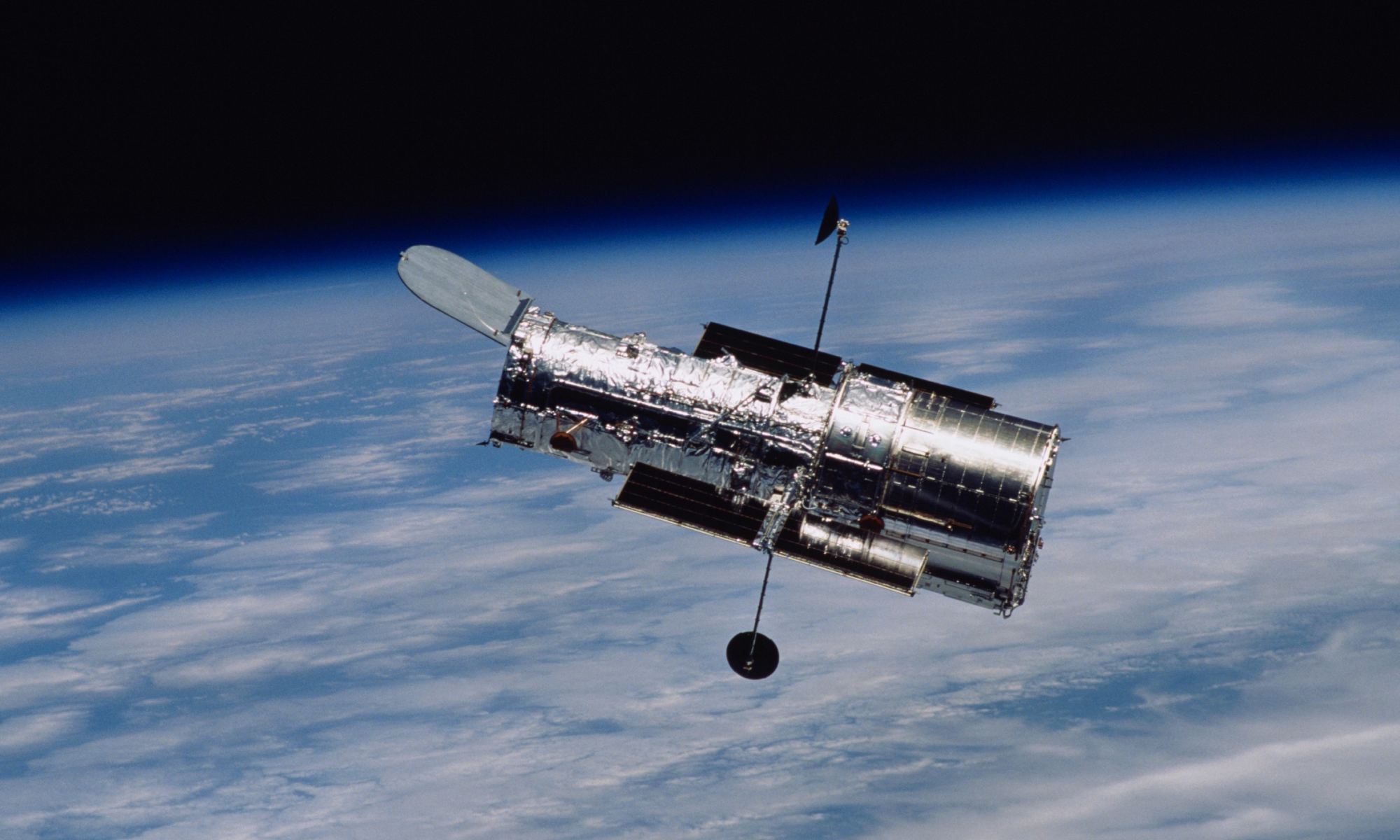NASA and SpaceX say they’ll conduct a feasibility study into a plan to reboost the 32-year-old Hubble Space Telescope to a more sustainable orbit, potentially at little or no cost to NASA.
The plan could follow the model set by last year’s Inspiration4 mission, an orbital trip that was facilitated by SpaceX and paid for by tech billionaire Jared Isaacman as a philanthropic venture. Isaacman, who is now spearheading a privately funded space program called Polaris in cooperation with SpaceX, says he’ll participate in the feasibility study.
“We could be taking advantage of everything that’s been developed within the commercial space industry to execute on a mission, should the study warrant it, with little or no potential cost to the government,” Isaacman said at a news briefing.
If the six-month feasibility study turns into an actual mission, a spacecraft could be sent up to Hubble to lift the telescope from its current altitude of 330 miles to the 370-mile orbit it was in when it was deployed in 1990. Patrick Crouse, Hubble project manager at NASA’s Goddard Space Flight Center, said that could add another 15 to 20 years to the telescope’s life.
But if the study finds that the reboost mission would be unrealistic, NASA would have to come up with a way to deorbit or dispose of the 12-ton telescope safely in the 2030 time frame, Crouse said.
Hubble has far exceeded its projected operating life of 15 years, thanks in part to a series of servicing missions that were conducted by visiting crews of shuttle astronauts. When NASA retired the space shuttle fleet in 2011, it was thought that there’d be no more service calls — and that Hubble would go through a slow, steady decline.
But today Thomas Zurbuchen, NASA’s associate administrator for science, pointed out that Hubble was “healthy” and “doing great science.” He noted, for example, that the telescope’s team was part of a global campaign to observe this week’s climax to the DART asteroid-smashing mission.
“Frankly, Hubble is more exciting than ever, because it now is a complementary asset next to the James Webb Space Telescope in a different frequency range, with a different viewpoint,” Zurbuchen said.
It’s too early to say whether additional servicing might be done on the telescope. “It’s all on the table now,” said Jessica Jensen, vice president of customer operations and integration at SpaceX.
Jensen and Zurbuchen portrayed the mission as an opportunity to demonstrate technologies that could be applied to other space science projects in near-Earth orbit.
Isaacman said the idea of visiting Hubble came up during discussions about tasks that could be accomplished during a future Polaris mission. The program’s first mission, Polaris Dawn, is due to send the billionaire and three other spacefliers into orbit in a SpaceX Crew Dragon capsule sometime next year. Polaris Dawn’s mission plan includes a spacewalk.
Although the Space Act agreement for the Hubble feasibility study announced today is just between NASA and SpaceX, the space agency says other commercial space ventures would be given a chance to do similar studies and submit parallel proposals. Northrop Grumman, for example, has already demonstrated a robotic system for reboosting satellites in Earth orbit. But if SpaceX and Isaacman follow through on suggestions that their mission would fly at little or no cost to NASA, other companies might find it difficult to match that offer.

